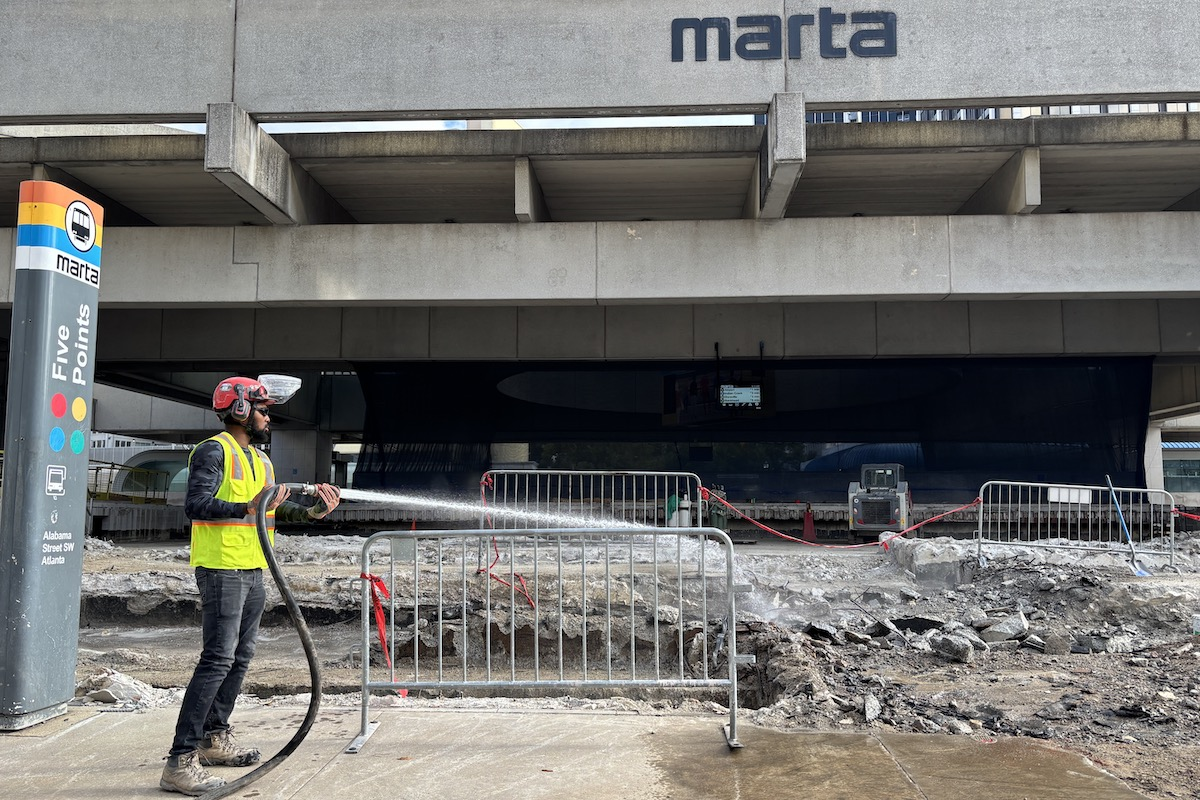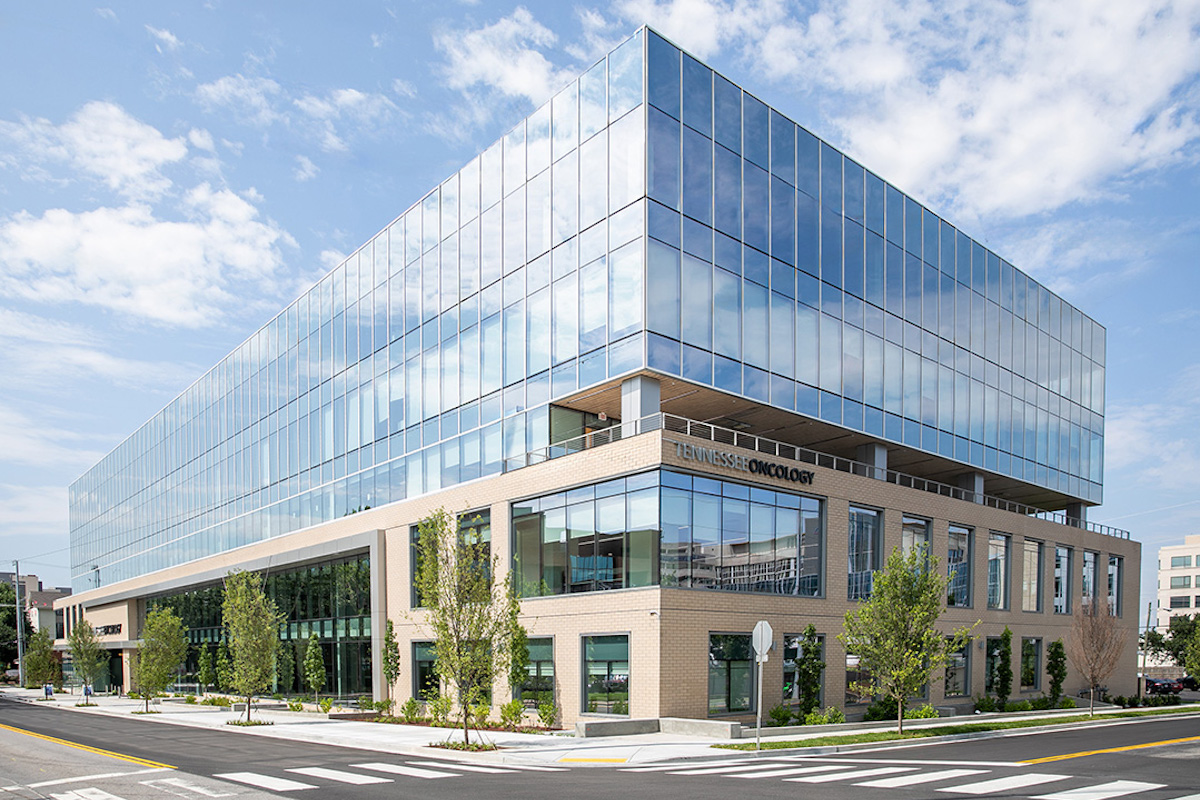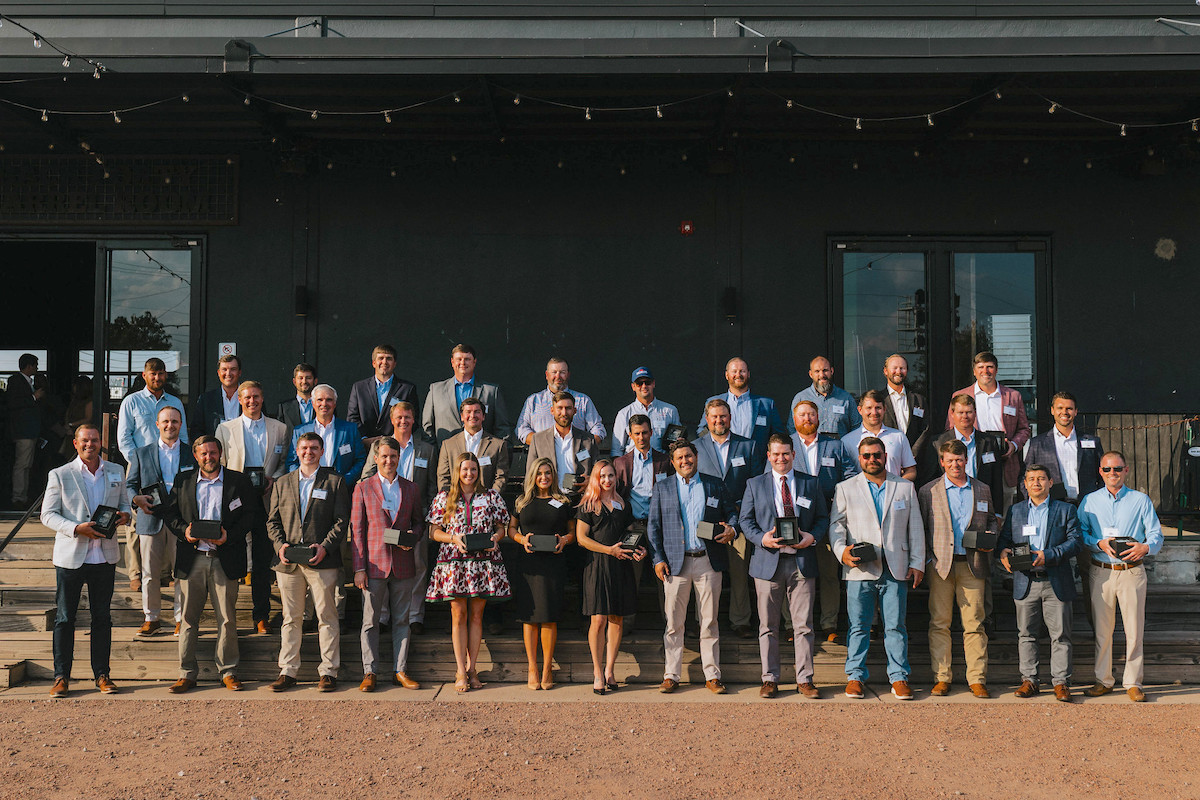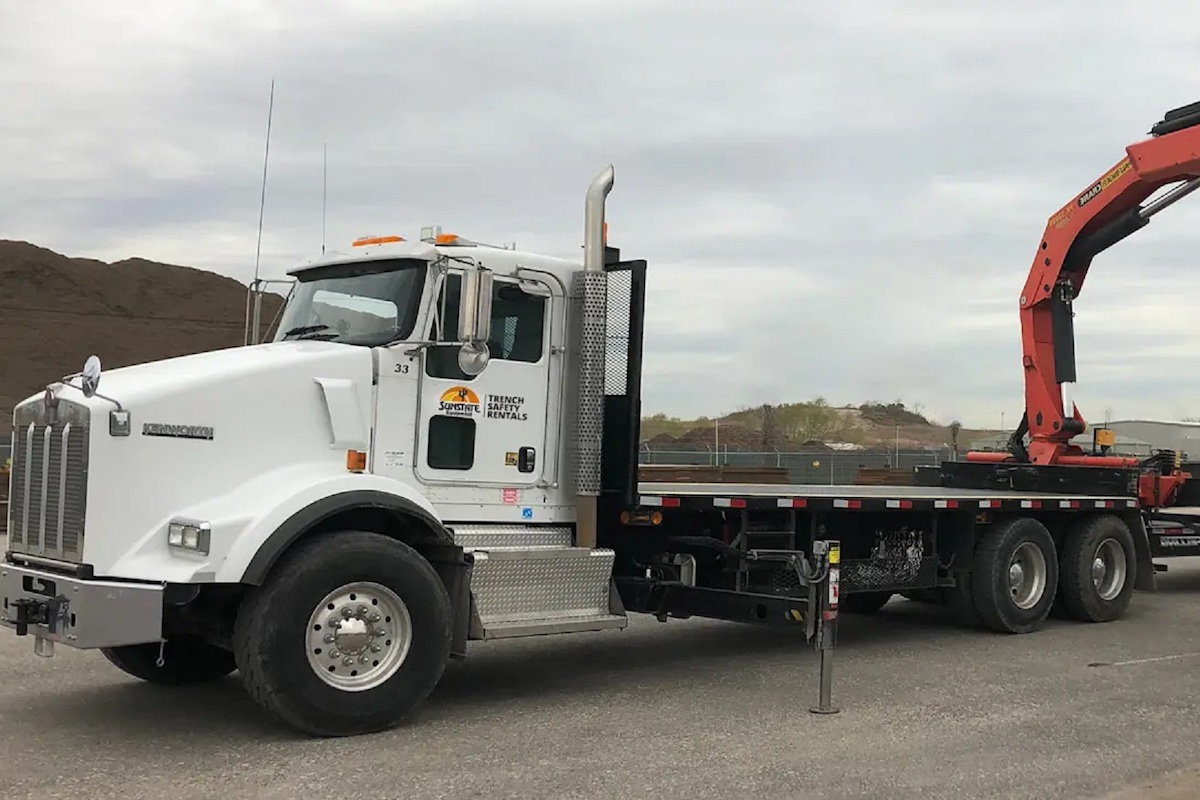The existing pavement has various types of cracking and deterioration. “The driving factor for the project is the poor condition of the pavement,” says Parth Oza, Acting Assistant Commissioner for Capital Program Management for NJDOT. However, other issues, including those in the subsurface, require attention.
The project includes substantial work on utilities, drainage, curbing, and curb ramps. The team is also taking steps to ensure pedestrian facilities are up to date to meet current ADA requirements.
Other roadway and pavement improvements include:
- Reconstructing deteriorated curbs and sidewalks throughout the majority of the project limits
- Installing new sidewalks to fill in missing gaps and provide connectivity throughout the corridor
- Reconstructing all 350 curb ramps throughout the project limits to be ADA-compliant
- Upgrading traffic signing and striping
- Upgrading guide rail
- Reconstructing access to residential and business driveways that are impacted by the pavement reconstruction
Many of the corrugated water pipes are aged. The team is replacing all of them with larger reinforced concrete pipe. Additions include inlets, stormwater management basins, and manufactured treatment devices, designed for water quality and rate control. “This is part of NJDOT’s effort to build resiliency,” Oza says. “Some sinkholes have occurred in the area, so we are installing new pipes which will eliminate the issue.”

| Your local Wirtgen America dealer |
|---|
| Dobbs Equipment (DXC) |
The utility improvements include:
- Replacing 15,200 linear feet of PSE&G cast iron gas main with 18,000 linear feet of 24-inch steel gas main.
- Replacing 14,500 linear feet of New Jersey American Water (NJAW) water main
- Relocating approximately 120 utility poles to accommodate a proposed sidewalk and curb ramps
As part of an effort to manage traffic and assist pedestrians, NJDOT is installing/making improvements to traffic and intelligent transportation systems. The technology-based systems will give the department a broader range of capabilities to manage traffic during project construction and beyond.
The improvements include upgrading all the signals along the corridor with smart technology known as an adaptive traffic signal control system. This system will interconnect all traffic signals to collect real-time traffic data and adapt traffic signalization to improve flow and reduce stops and backups.
Other improvements include:
- Installing new ITS fiber-optic cable throughout the project limits
- Installing new pedestrian countdown signals and pushbuttons at crosswalks.
- Upgrading closed-circuit television (CCTV) cameras and installing two new Dynamic Message Signs and replacing the two existing DMS along the corridor.
- Replacing existing streetlights with LED lighting fixtures and installing additional lighting at signalized intersections.
The project includes multiple active work zones that are in different stages. So, if there is an issue related to supplies, the team can focus on another work zone, where they have the necessary materials. Another example of flexibility can be seen in the team working through the winter on suitable project elements.

| Your local Komatsu America Corp dealer |
|---|
| Linder Industrial Machinery |
Adding to the need for flexibility is that the state is still obtaining some of the right of way.
With so many moving parts, communication is critical. This is also true when it comes to dealing with multiple stakeholders. The massive amount of utility work on the project can only happen by working closely with all the utility companies and coordinating. “It’s critical to make the facilities fit underground, so they can operate without conflict,” Oza says.
The work zone is highly trafficked, and NJDOT is determined to minimize the impact on motorists and keep crews and commuters safe. Therefore, construction that would require single lane closures in the two-lane section of the roadway be limited to night work. Single lane closures in the three lane sections will mostly be limited to nights and non-peak daytime hours.
Keeping Route 70 available for motorists is also impacting construction. The team is using trenchless directional drilling to install most of the ITS conduit. The Jack and Bore method will be used to install 36-inch steel casings for the 24-inch gas main at 16 feet deep where it passes under two of the culverts which cross Route 70 on the project. The remainder of the gas main will be installed using the open cut method.
New Jersey-based Richard E. Pierson Construction Co., Inc. is the general contractor. They have worked with NJDOT previously.

| Your local Trimble Construction Division dealer |
|---|
| SITECH Mid-South |
| SITECH South |
| SITECH Tri-Rivers |
When the team completes the project, motorists and pedestrians will have a safe corridor. They will enjoy better operational performance, and the roadway will have greater resiliency.







































































